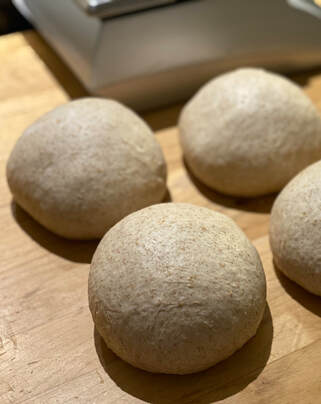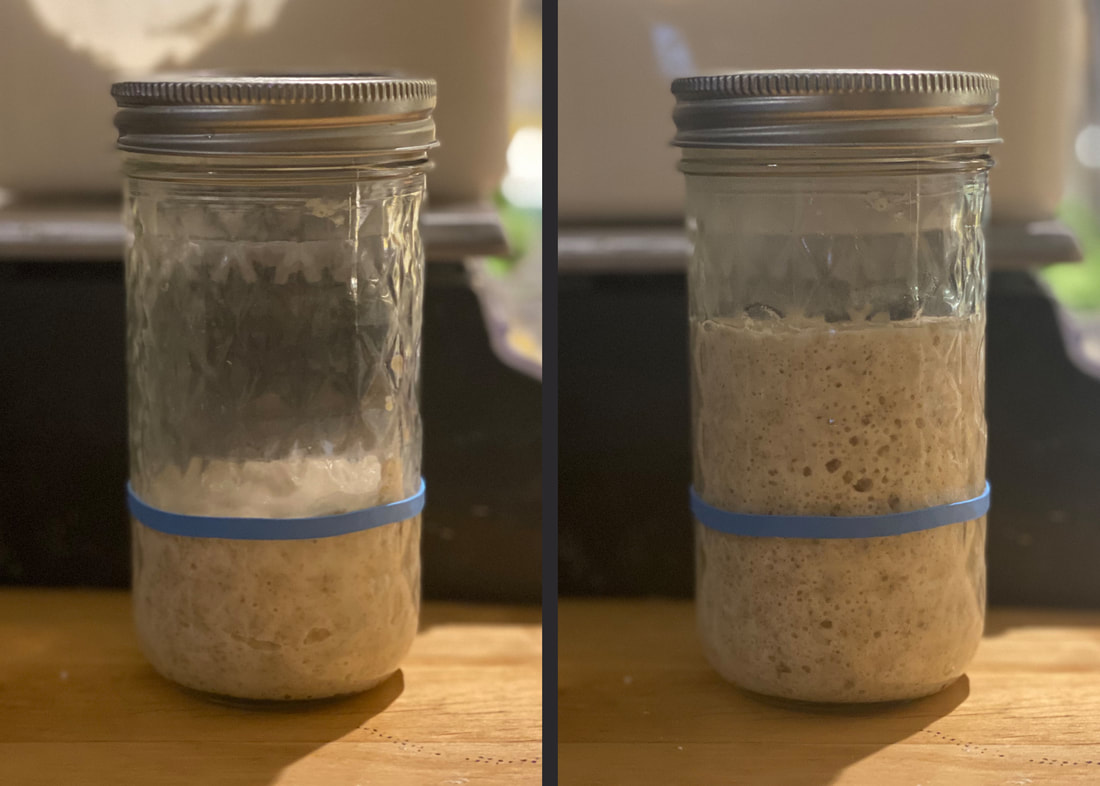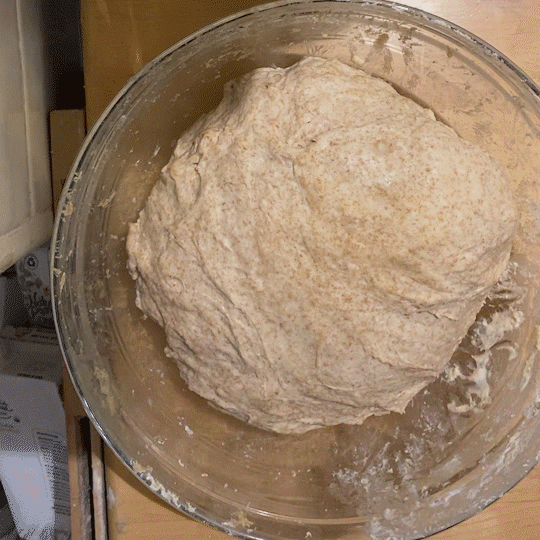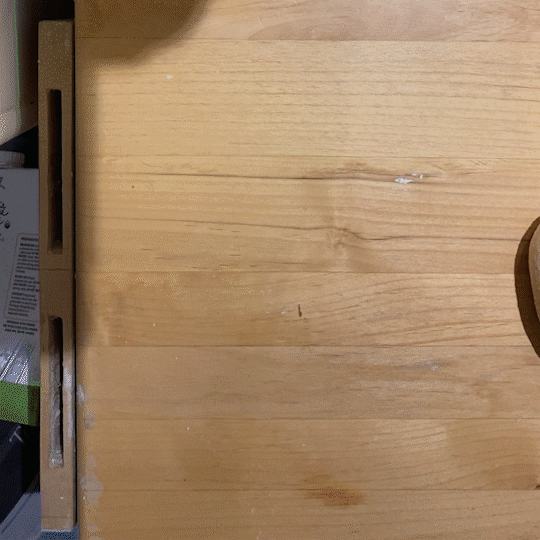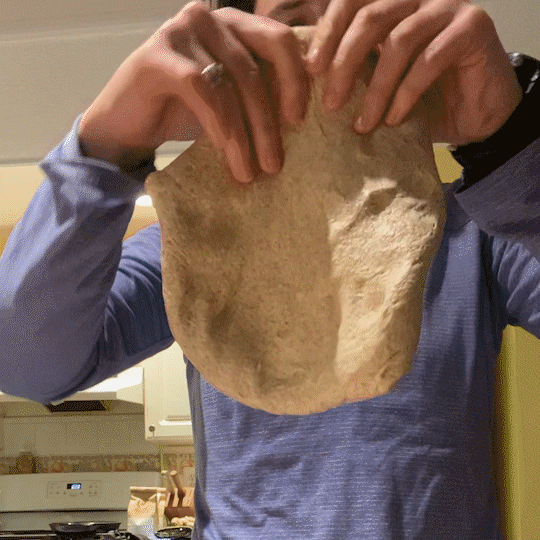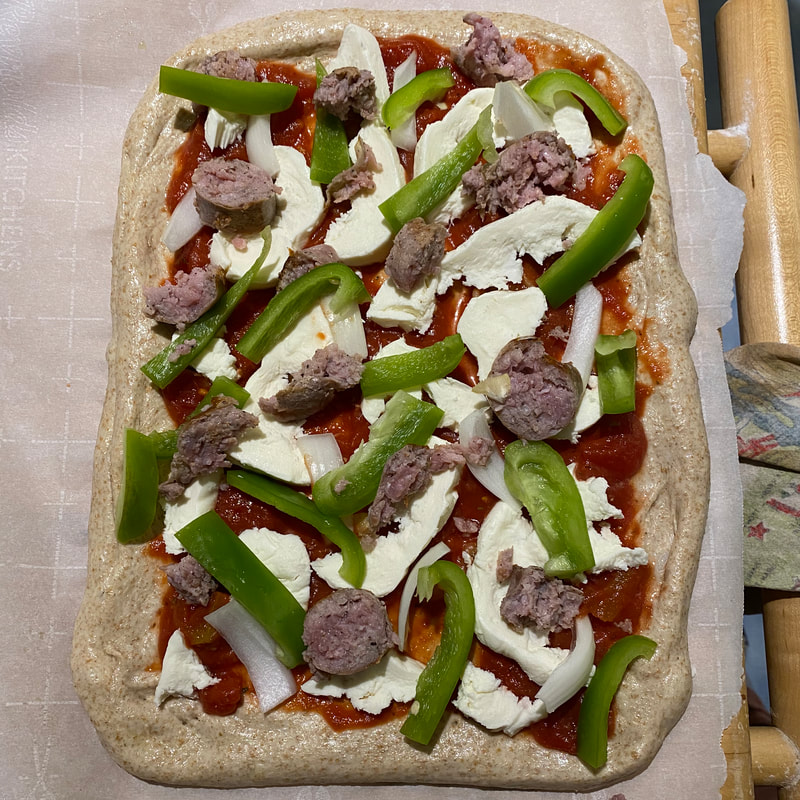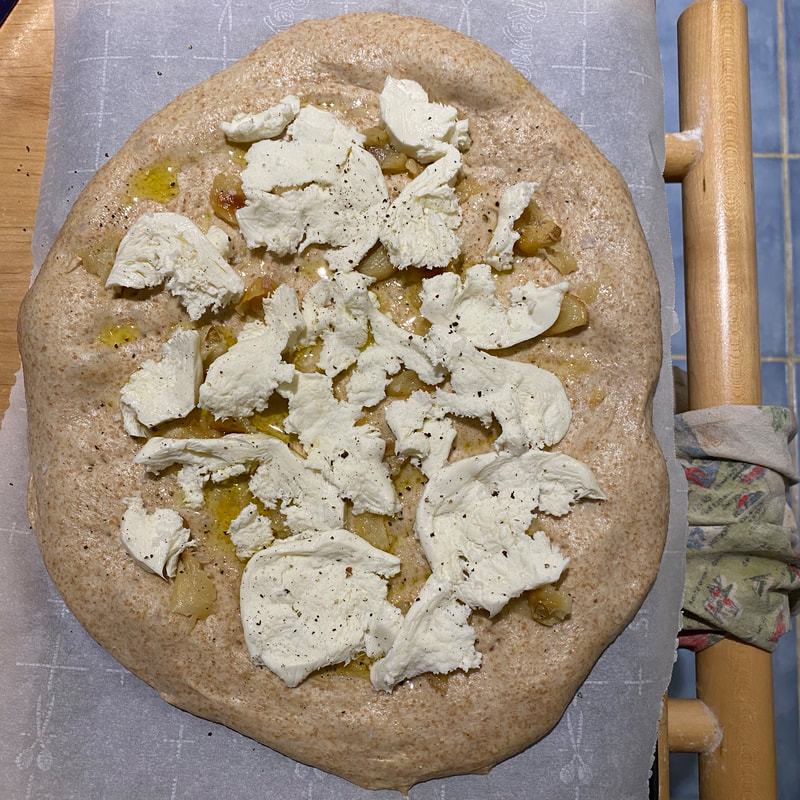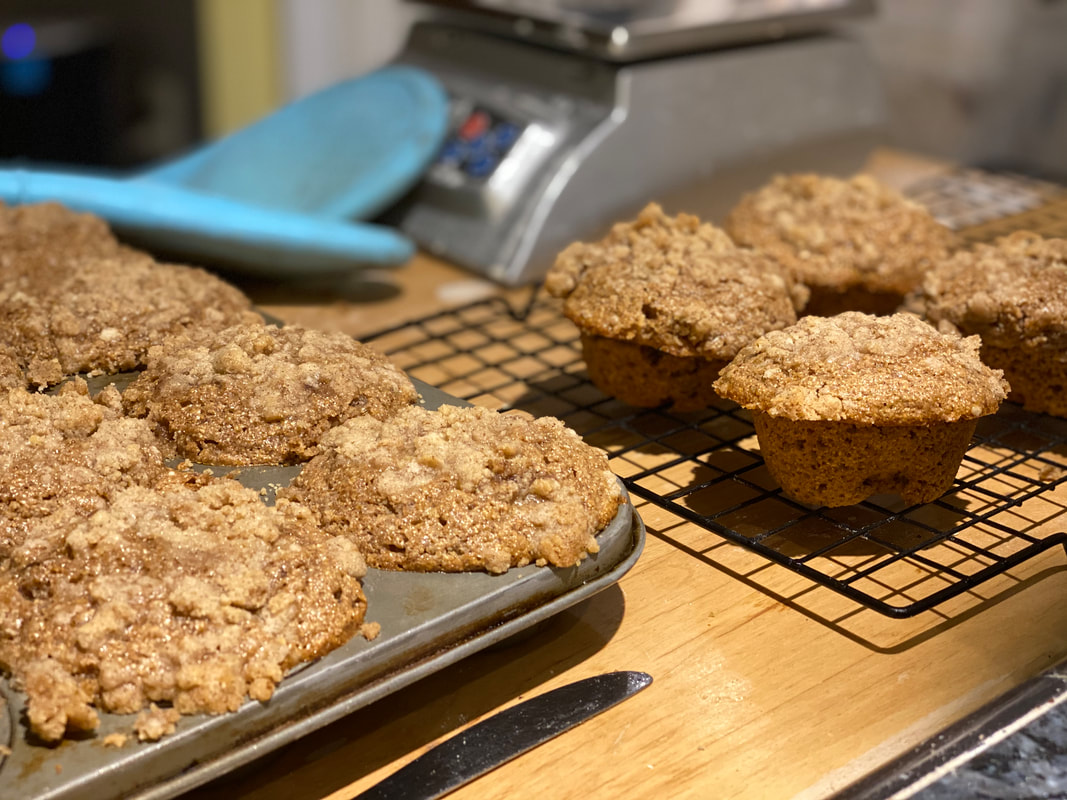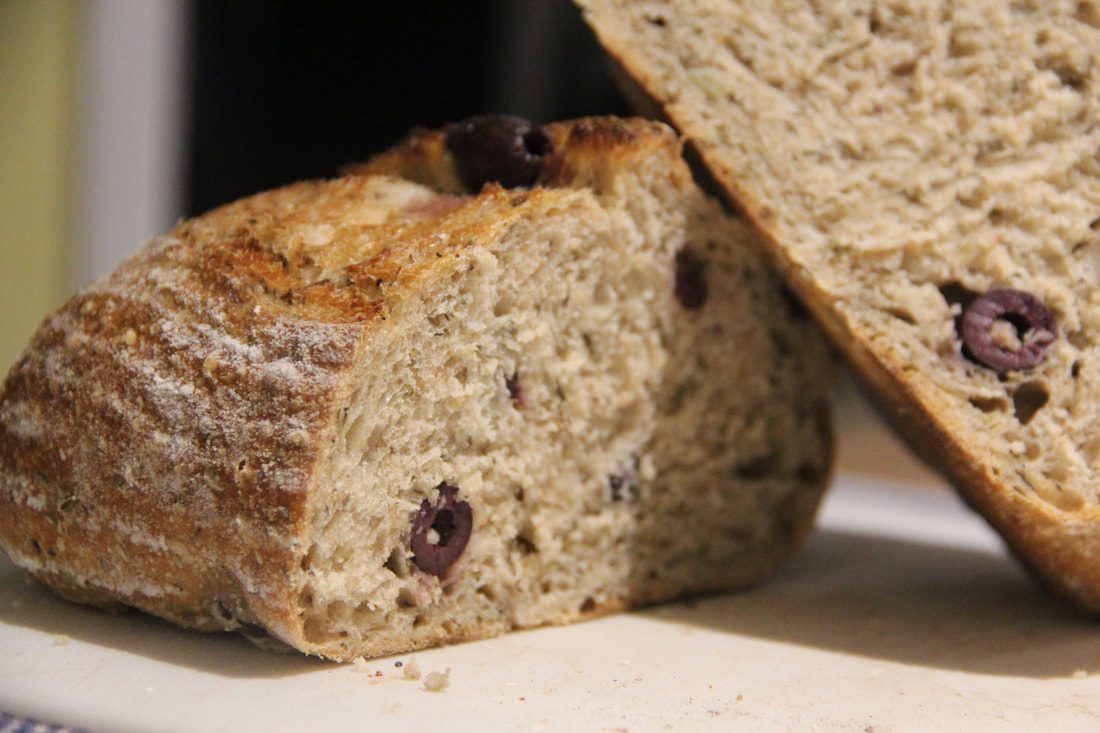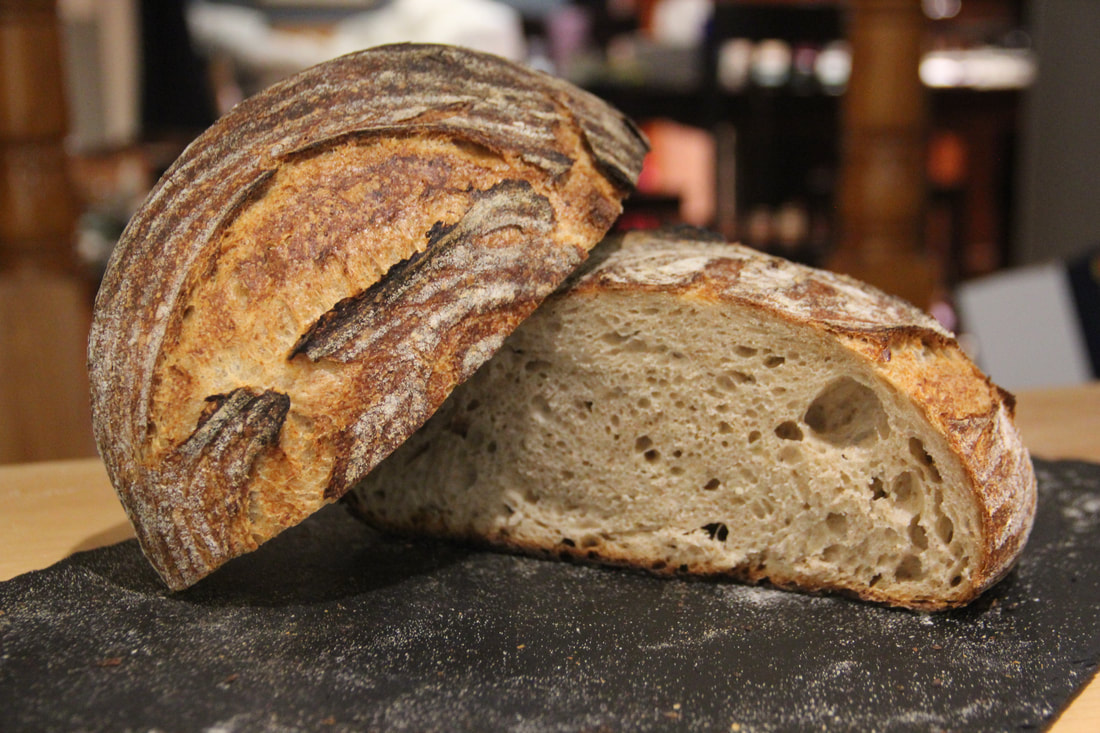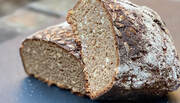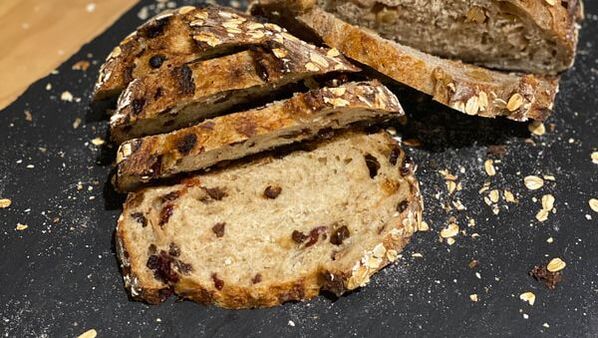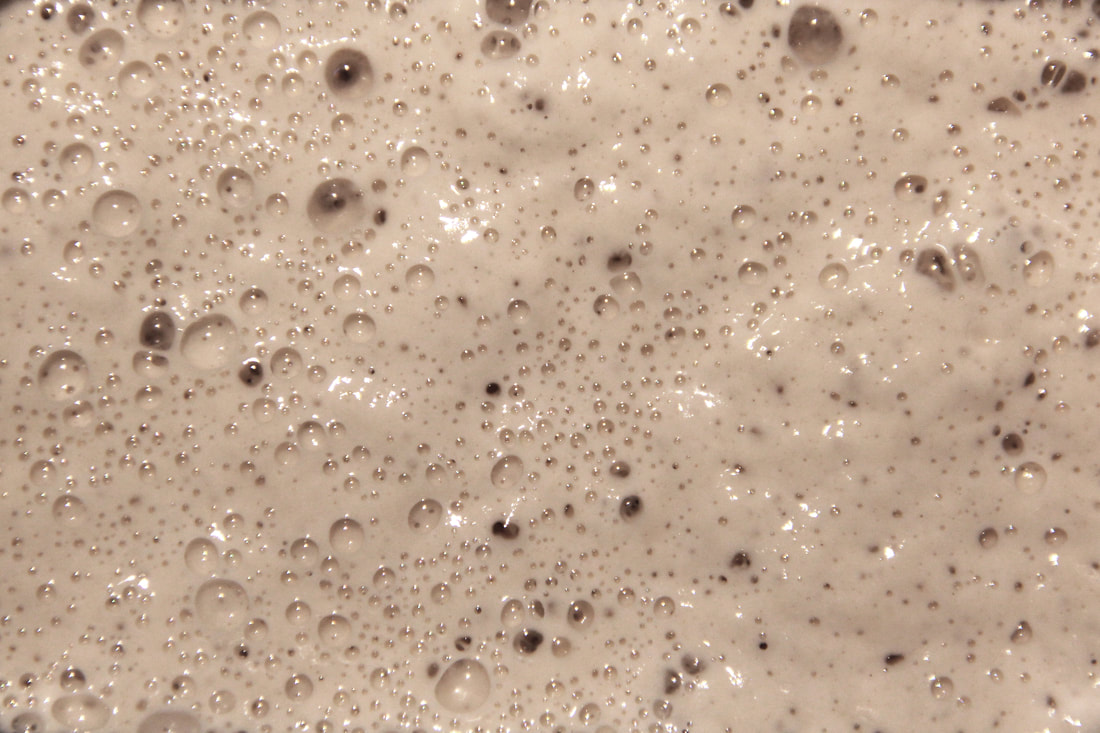|
SOURDOUGH PIZZA On pizza nights, rules fly out the window. Any shape, any sauce, any toppings are possible, without the need to compromise. You don’t like pineapple on your pizza? Then make your own. I have struggled to settle on my optimal pizza recipe over the years. Recipe after recipe, formula after formula, they always ended up too slack, too stiff, too sour, not sour enough, too tough, too chewy, too delicate, or too plain ole finicky. Plus, the best recipe for a sizzling hot pizza oven is very different from the best recipe for a home oven, even with the best stones, steels, and peels at your disposal. This, my *ahem* pizza de resistance, came from a few months of recipe testing and crucial knowledge from Andrew Janjigian, who dedicated all of November to sharing his pizza tips in his phenomenal newsletter. The recipe is exceedingly flexible and utilitarian—while I wouldn’t use it for deep-dish (but why would you make deep-dish?), it could be used for just about any other pizza style you’re craving. PRE-RECIPE NOTE The pizza dough should be prepared and refrigerated at least a day before baking. You can let it chill in the fridge for up to 5 days before stretching, topping, and baking, but note that the sourness and slackness of the dough will increase with time. I’ve found 1 to 2 days to be the sweet spot. This recipe also assumes you are using a strong, active sourdough starter at 100% hydration to seed the levain. If your starter has been in the fridge for a week, add at least a day to the recipe timing below to allow for 2-3 feedings (spaced 8 hours apart) before mixing your levain. If it has been in your fridge for longer than a week, add at least two days to the recipe timing to give it enough time to return to full strength. And finally, fermentation fluctuates with temperature. These instructions work best if your kitchen ranges from 68-72 degrees F. If your house runs a little warmer, use cooler water and/or store your flour in the freezer. If your thermostat registers a bit cooler, use warmer water (never hot) or try storing your levain and dough in the oven with the light on while it's fermenting. TOTAL TIME: 1.5 days ACTIVE TIME: 1.5 hours INACTIVE TIME: 35.5 hours ACTIVE LEVAIN MIX TIME: 15 minutes INACTIVE LEVAIN FERMENTATION TIME: 6-8 hours ACTIVE FINAL DOUGH MIX & FOLD TIME: 30 minutes INACTIVE FINAL DOUGH FERMENTATION TIME: 4 hours ACTIVE FINAL DOUGH SHAPING TIME: 15 minutes INACTIVE FRIDGE FERMENTATION TIME: 24 - 120 hours (1 - 5 days) INACTIVE ROOM TEMP. REST & OVEN PREHEATING TIME: 1 hour ACTIVE SHAPING, TOPPING, & BAKING TIME: 30 minutes
*If you prefer less wheat for a lighter texture, you can decrease the whole wheat flour to 80g, increase the AP flour to 400g, and decrease the water to 250g in the final dough recipe. MIXING 1. About 6 to 8 hours before you plan to mix your pizza dough, build your levain by mixing 20g of sourdough starter with 60g of room temperature water, 30g AP flour, and 30g wheat flour in a container large enough to allow it to expand three times over. Cover and leave to ferment at room temperature. 2. When your levain has more than doubled in size and has a subtly domed surface with shiny, protruding bubbles, it’s ready for mixing. 3. Take 115g of your levain and mix with 270g room temperature water and 20g olive oil. Add 11g salt and 240g each of all-purpose flour and whole wheat flour, mixing until combined and homogeneous. I prefer to use my hands, but you may also use a spatula or the low speed of a mixer with a bread hook. If the dough feels too tough or dry, add water in tbsp increments until the dough comes together and feels pliable.
7. Repeat for the other pizza and enjoy the fruits of your labor!
0 Comments
|
|


